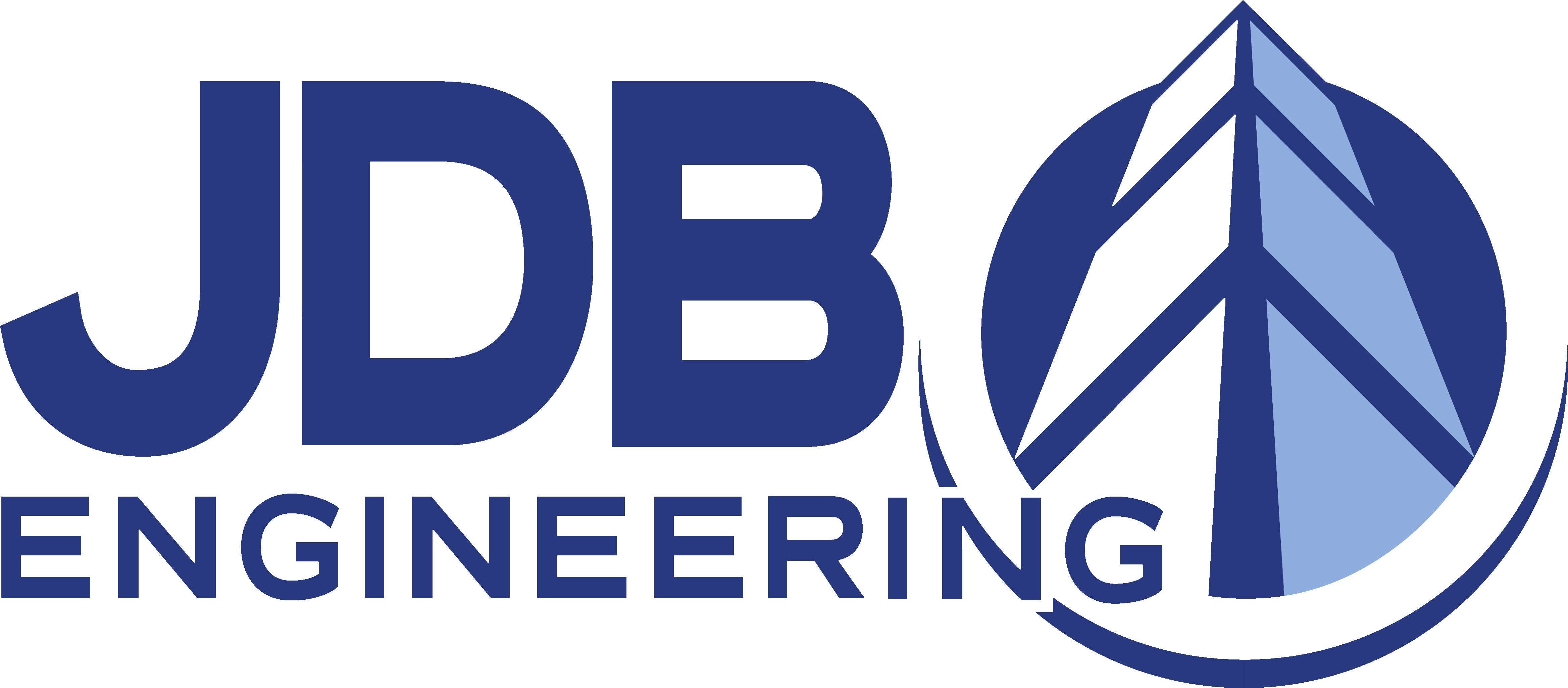By Craig G. Malesic, PE, LC, PMP In our recent blog post about Lighting Trends, Thomas Schubert and I shared that lighting control systems are becoming very complex, the “why” is too often being ignored, end-users don’t understand the controls, and the lighting is often not properly commissioned. However, since ever-changing building and energy codes are […]
Tag Archives: Lighting Controls
By Craig G. Malesic, LC, PMP, EIT and Thomas G. Schubert, PE It’s an exciting time to be a lighting design professional. Innovation is rampant, building codes increasingly recognize the importance of lighting, and the sophistication of lighting and controls systems is at an all-time high. But this innovation is also creating several challenges. Here […]


